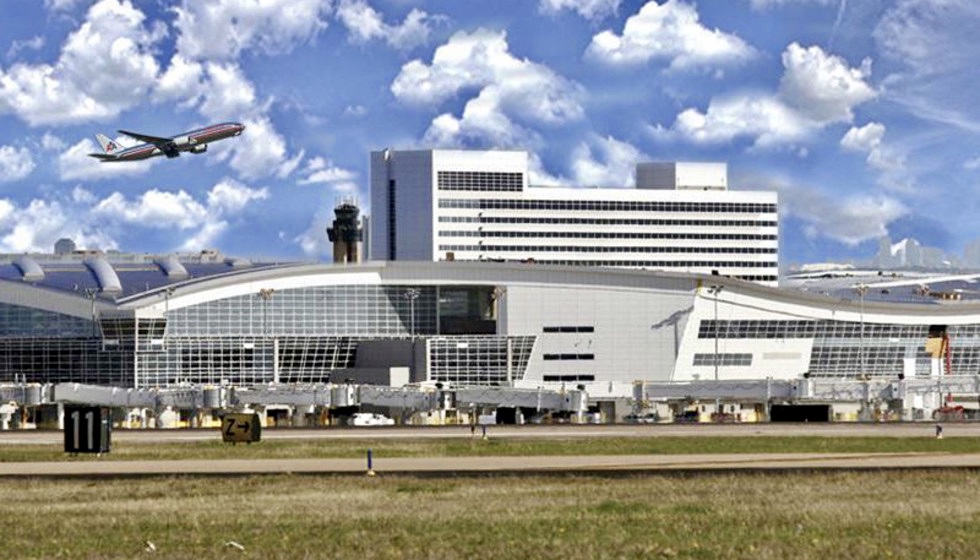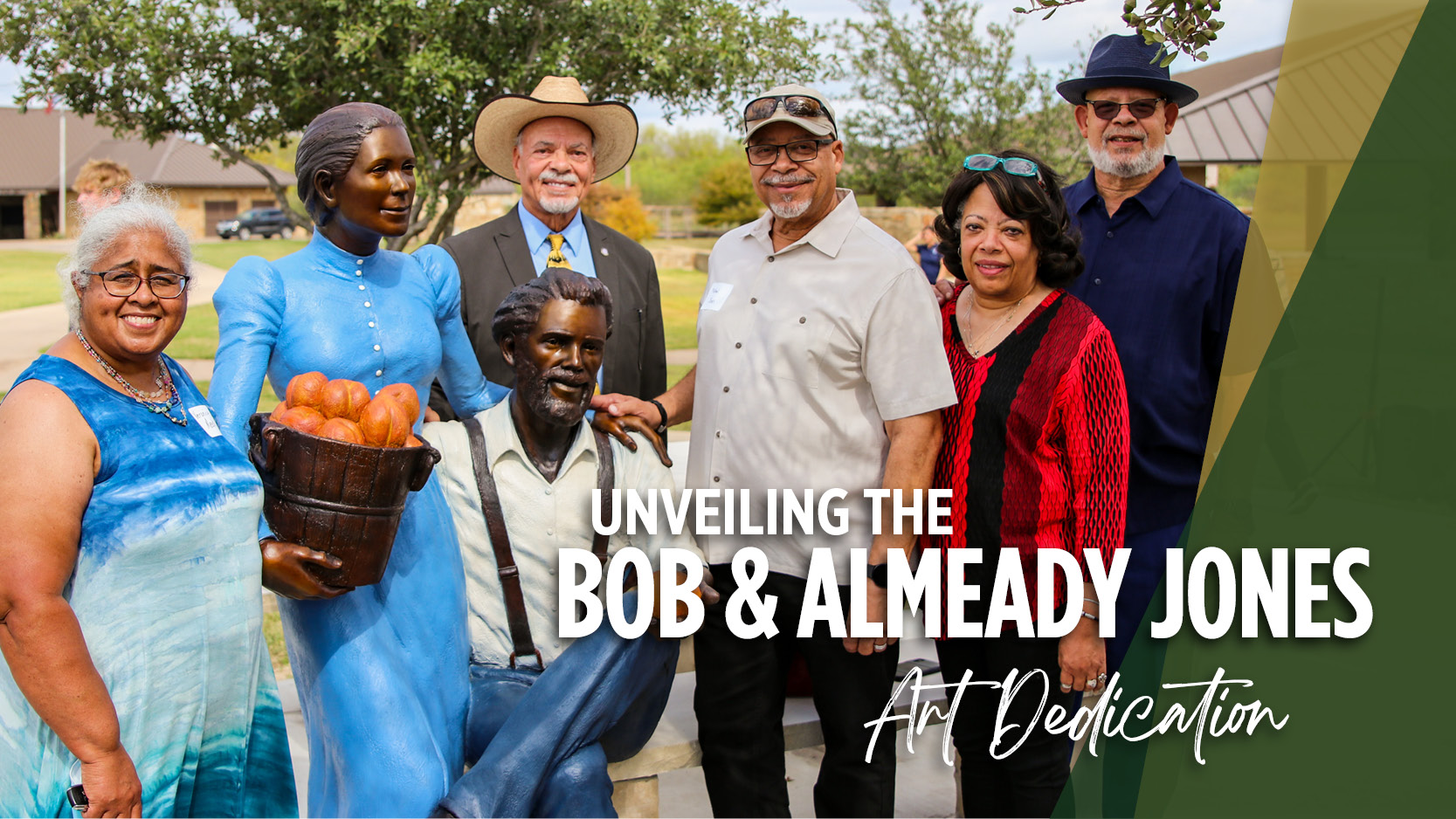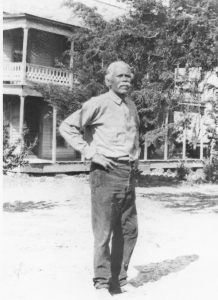
Alliance, Texas is a 27,000-acre master-planned community located in Denton and Tarrant Counties. However my focus in CLON-X is not on the residential aspect of the city, but on AllianceTexas—the business park—a 9,600-acre development of office, industrial, flex, and retail space designed for large-scale distribution, manufacturing, and e-commerce fulfillment companies. The current owner is Hillwood, a Henry Ross Perot Jr. company.
The industrial hub has two Class 1 rail lines, is strategically located to major state and interstate highways, and has the world’s first industrial airport—Alliance Airport. The business complex is one of the largest data center markets in the United States and home to the branches of more than 500 companies, 69 of which are Fortune 500 corporations. A recent relocation to the corporate complex is the Charles Schwab headquarters, which moved from the Bay Area to the Lone Star State in the past year.
Side Note: Two of the top attractions in the area are: Bell Fort Worth Alliance Air Show and NASCAR racing at Texas Motor Speedway.
Learn more: AllianceTexas.com
To view the size of the industrial complex: https://www.alliancetexas.com/Portals/0/Alliance%20Gateway_Sector.pdf?ver=2019-06-17-195900-877




